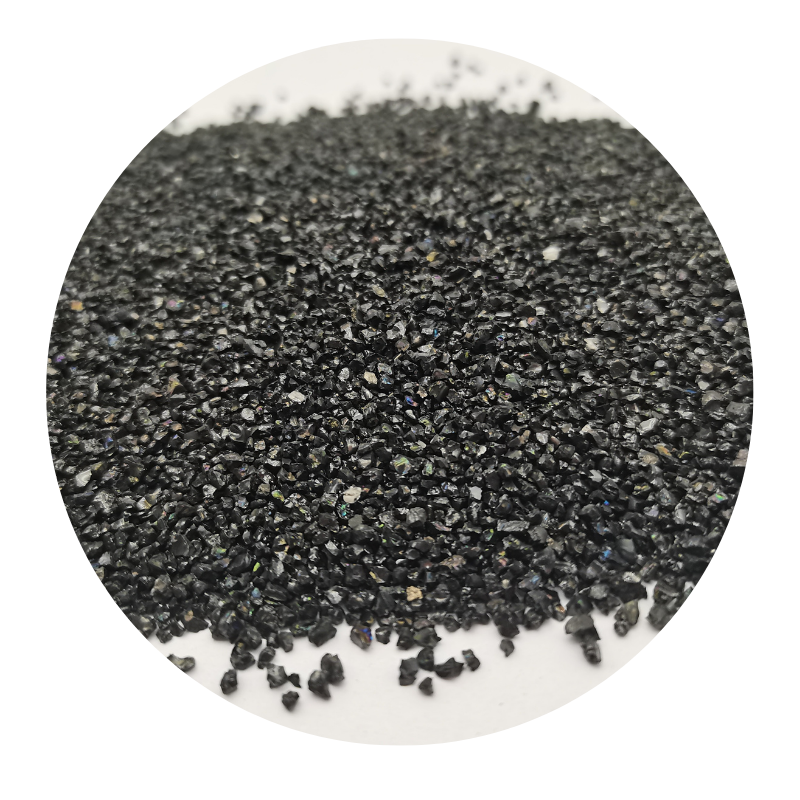
Exploring the Benefits of Perlite and Vermiculite in Gardening and Horticulture
Understanding Perlite and Vermiculite Nature’s Gardening Marvels
Gardening enthusiasts and horticulturists alike are often in search of the best ways to improve soil quality and promote healthy plant growth. Among the many amendments available on the market, two stand out for their unique properties and benefits perlite and vermiculite. This article aims to explore these two materials, highlighting their characteristics, uses, and differences to enable gardeners to make informed decisions.
What is Perlite?
Perlite is a naturally occurring volcanic glass that is heated to around 1,600 degrees Fahrenheit. During this heating process, water contained within the perlite expands, causing the material to expand and puff up. This results in a lightweight, white, and porous substance that aids in soil aeration and drainage.
Gardeners primarily use perlite as a soil amendment for several reasons. Its structure promotes excellent aeration, which is vital for root health because it allows oxygen to reach the roots while preventing soil compaction. Additionally, perlite serves as a drainage aid, ensuring that excess water is not retained in the soil. This characteristic is particularly beneficial for plants that thrive in well-drained conditions, such as succulents and cacti.
Moreover, perlite is pH neutral, so it does not alter the acidity or alkalinity of the soil. It is also resistant to decay and does not harbor pathogens, making it an ideal choice for seed starting mixes and container gardening.
What is Vermiculite?
Vermiculite, on the other hand, is a mineral that undergoes a different process. It is also heated but to a significantly lower temperature than perlite. When heated, vermiculite expands significantly, creating a lightweight, spongy material that retains moisture.
Vermiculite has exceptional water retention capabilities, making it a favorite among those looking to maintain consistent moisture levels in their soil. This is particularly beneficial for plants that require more moisture, such as tropical plants and seedlings. In addition to water retention, vermiculite also contains trace amounts of minerals that can benefit plant growth.
Like perlite, vermiculite is also pH neutral and can enhance soil aeration. However, its primary advantage lies in its ability to hold water while still allowing for good air circulation within the soil.
perlite and vermiculite

Comparing Perlite and Vermiculite
While perlite and vermiculite both serve as excellent soil amendments, they have distinct properties that make them suitable for different gardening purposes.
1. Water Retention Vermiculite excels at holding moisture, making it ideal for plants that prefer consistently moist environments. In contrast, perlite’s drainage capabilities make it more suitable for drought-tolerant plants that do not require as much water.
2. Soil Aeration Perlite is superior for enhancing soil air circulation due to its larger particle size and porous structure. It is particularly effective in preventing soil compaction and promoting root development. Vermiculite, while also aiding in aeration, does not provide the same level of drainage as perlite.
3. Nutrient Content Vermiculite contains small amounts of essential nutrients, which can be advantageous for young plants and seedlings. Perlite, however, has no nutritional value.
4. Weight Perlite is lighter than vermiculite, making it easier to handle, especially when mixing soil for container gardening.
Conclusion
In summary, both perlite and vermiculite are valuable additions to any gardener’s toolkit. Understanding their unique properties enables gardeners to make calculated choices when it comes to soil amendments. Perlite’s ability to enhance drainage and aeration makes it a go-to for many, especially those cultivating drought-resistant plants. In contrast, vermiculite’s moisture-retaining capabilities are beneficial for those nurturing humidity-loving plants.
Ultimately, combining both materials can create a balanced growing medium, harnessing the strengths of each to support a wide variety of plants. Whichever you choose, perlite and vermiculite will undoubtedly contribute to healthier, more productive gardens.
Share
-
Fly Ash Solutions Enhanced by GPT-4 Turbo | Sustainable InnovationNewsAug.01,2025
-
Natural Premium Bentonite Cat Litter - Superior ClumpingNewsJul.31,2025
-
Premium Resin Coated Sand - High Heat Resistance CastingNewsJul.31,2025
-
High Quality Silicon Carbide Grit for Abrasive ApplicationsNewsJul.30,2025
-
High-Quality Ceramsite for Plants & Gardening | Lightweight PebblesNewsJul.29,2025
-
Premium Burgundy Glass Marbles for Vases & Shooter GamesNewsJul.29,2025






